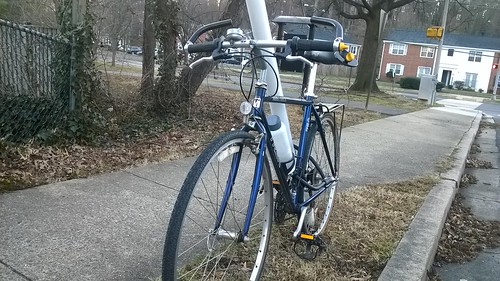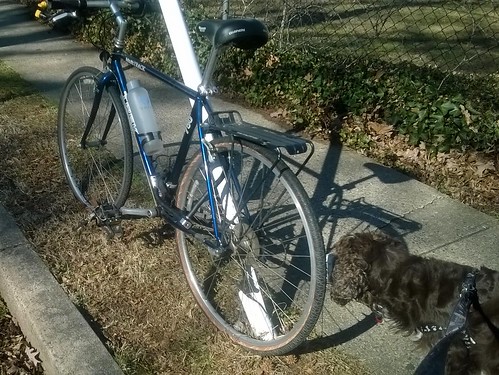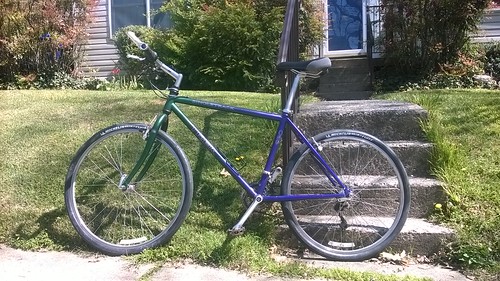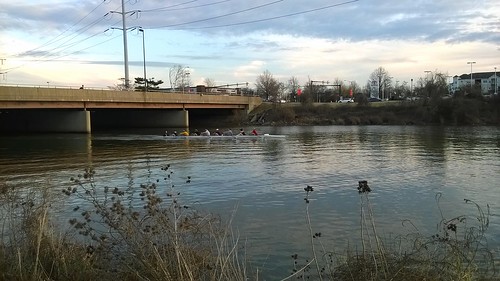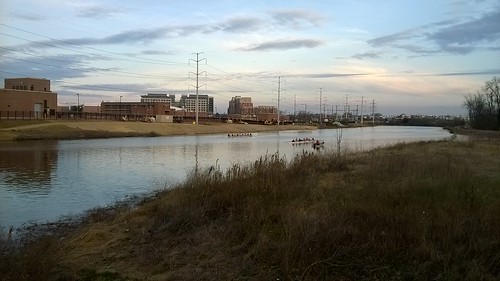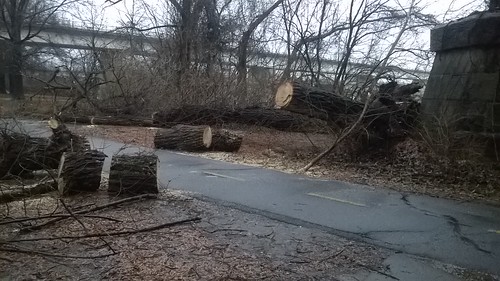 Bike Battles: A History of Sharing the American Road by James Longhurst
Bike Battles: A History of Sharing the American Road by James LonghurstMy rating: 4 of 5 stars
This book describes the evolution of cyclist use of roads in America, which got its start before the appearance of automobiles. If today there is some recognition of the need for "complete streets," then this is something we have arrived at after considerable evolution, with highs and lows along the way.
If someone is interested in the history of recreational (rather than racing) cycling in America, this book provides an interesting perspective. If you are a regular bicycle commuter as I am, reading this certainly explains the history of how we got to where we are with some, but not (in my view) enough support for cyclists.
The title overemphasizes conflict in this history, as the author admits - "Bike Battles" sounds more interesting than "Selected Cycling Policy Debates." After working his way from the 1800s through to today, the author's advice to cyclist-policy advocates is to take a moderate approach, recognizing that roads are a shared resource, to be used by motorists, cyclists, and pedestrians.
Some of the information and detail was new to me. I had not known much about the "sidepath" movement, which sought to create dedicated bike paths suitable for cycling at a time when roads used by horse-drawn vehicles were often not suitable for bicycling. This movement never got very far and had various misadventures with how it sought public funding. It somewhat presaged the conflicts closer to the present day between those who favor "vehicular cycling," that is, riding in the road as a vehicle with no special infrastructure for cyclists and those who favor such special infrastructure.
The book includes interesting photographs, many from the National Archives, that I had not seen before to make various points. There are also different instructional videos mentioned, many of which can be found on YouTube with a little searching.
While presented as an academic work, with footnotes and a bibliography, the approach is engaging and readable. I was able to find this at my local public library.
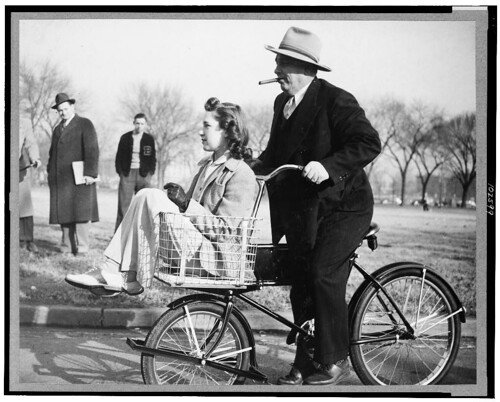
World War II "Victory" bicycle, discussed in the book - a photograph much like this one is include
View all my book reviews.
![Bicycle shelter, National Cash Register [Company], Dayton, O[hio]](https://c1.staticflickr.com/4/3930/32957219582_6be3423ffb.jpg)
![Bicycle shelter, National Cash Register [Company], Dayton, O[hio] - detail](https://c1.staticflickr.com/4/3932/32297952553_b6cf485972.jpg)
